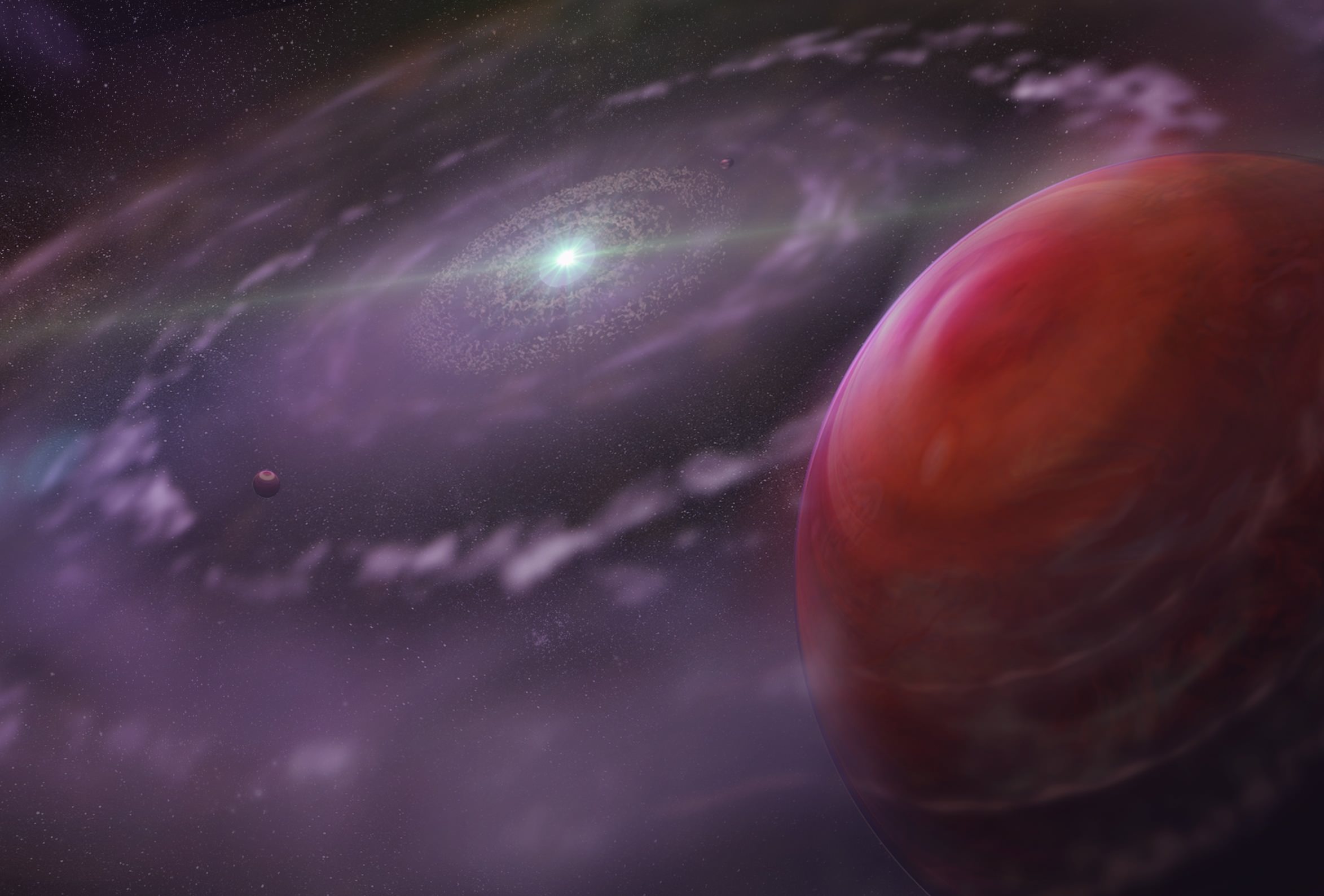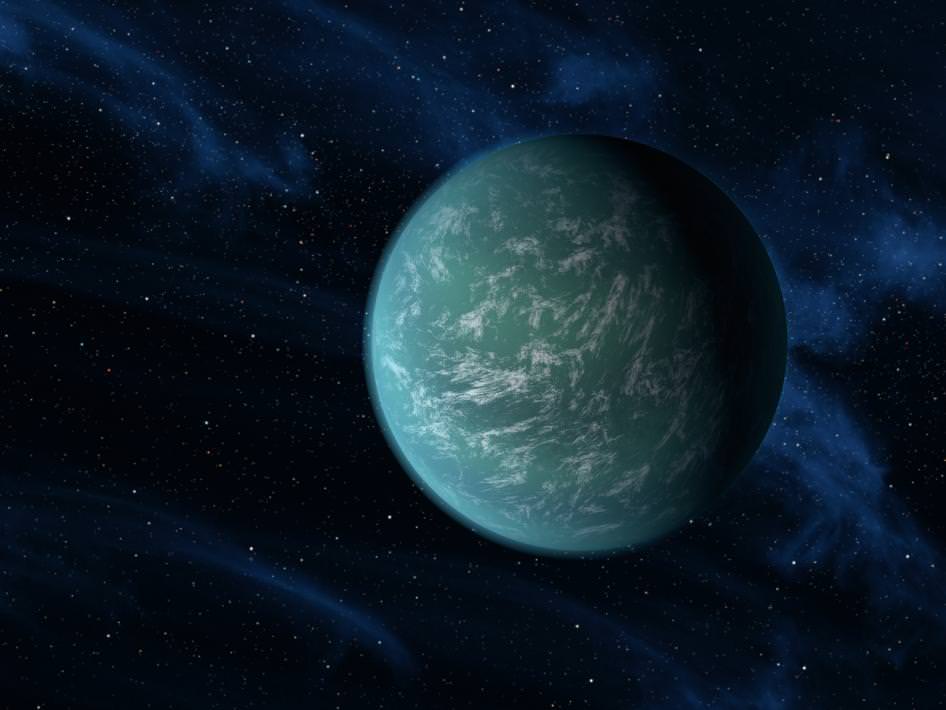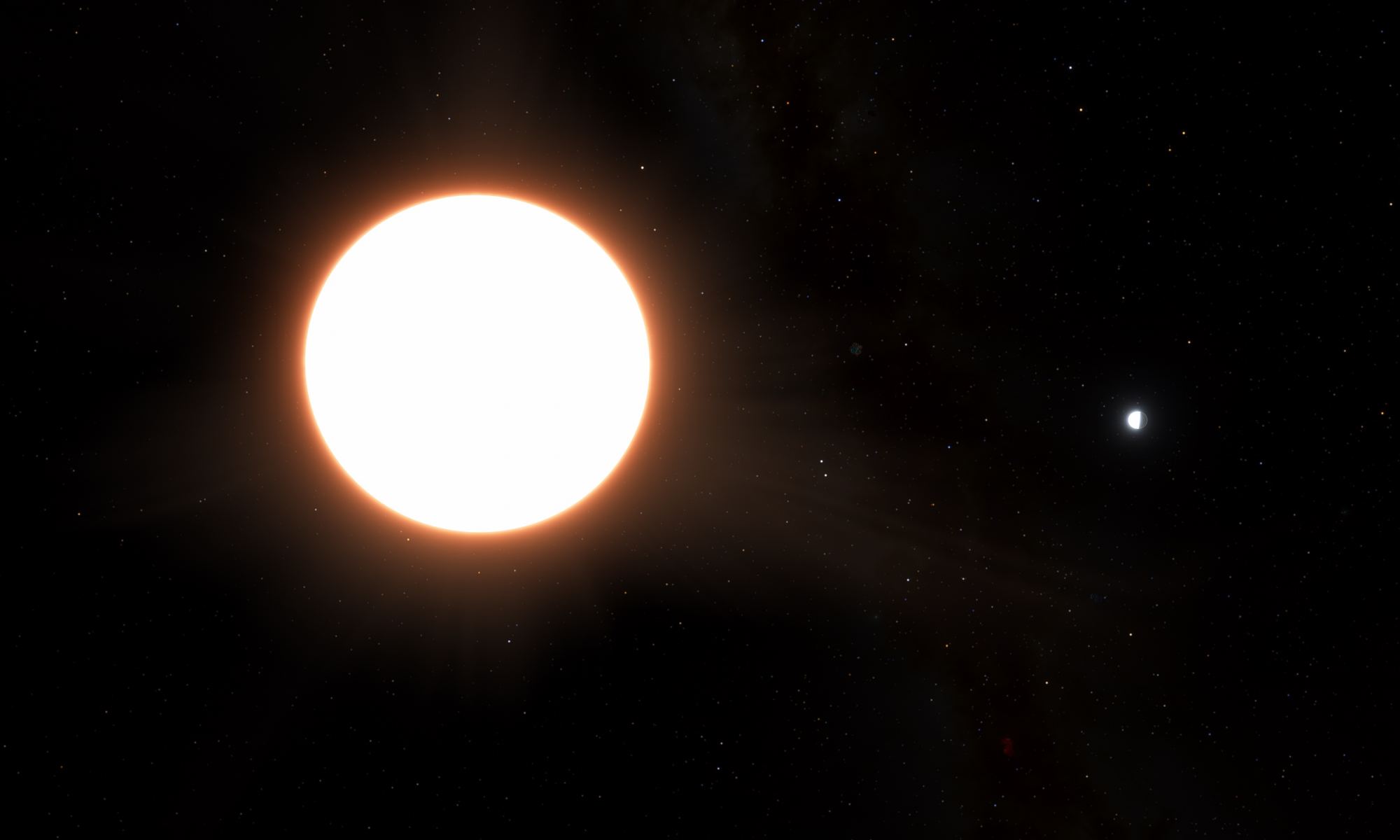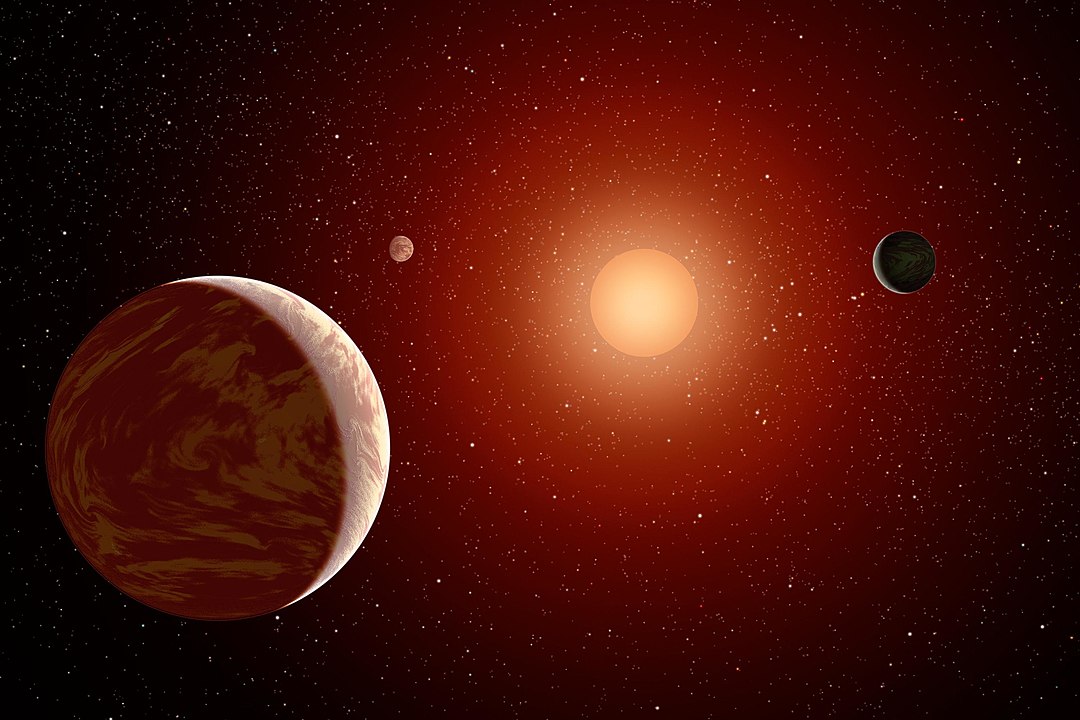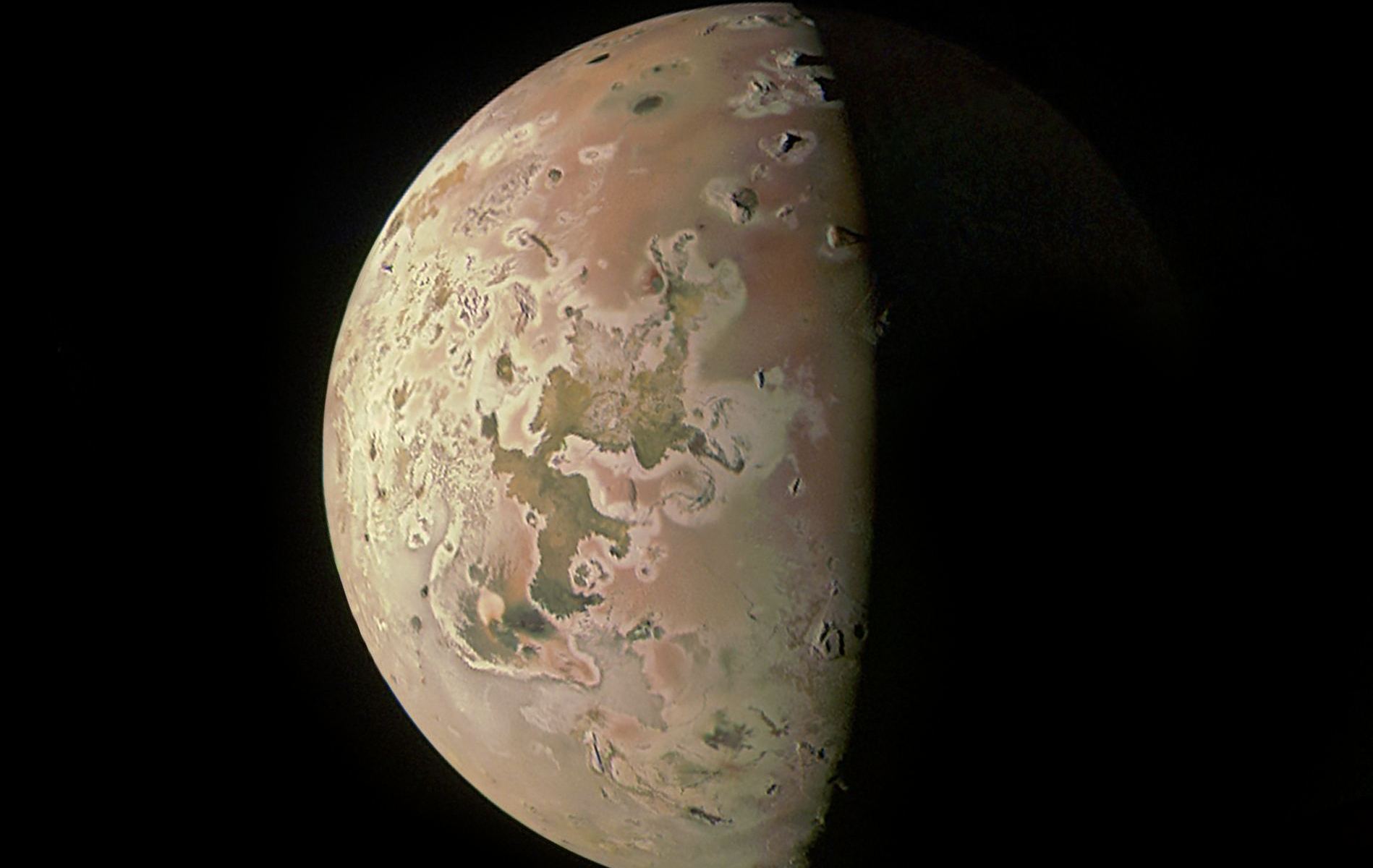The Fomalhaut system is nearby in astronomical terms, and it’s also one of the brightest stars in the night sky. That means astronomers have studied it intensely over the years. Now that we have the powerful James Webb Space Telescope the observations have intensified.
The Fomalhaut system has a confounding and complex dusty disk, including a dusty blob. The blob has been the subject of an ongoing debate in astronomy. Can the JWST see through its complexity and find answers to the systems unanswered questions?
Continue reading “JWST Searches for Planets in the Fomalhaut System”

